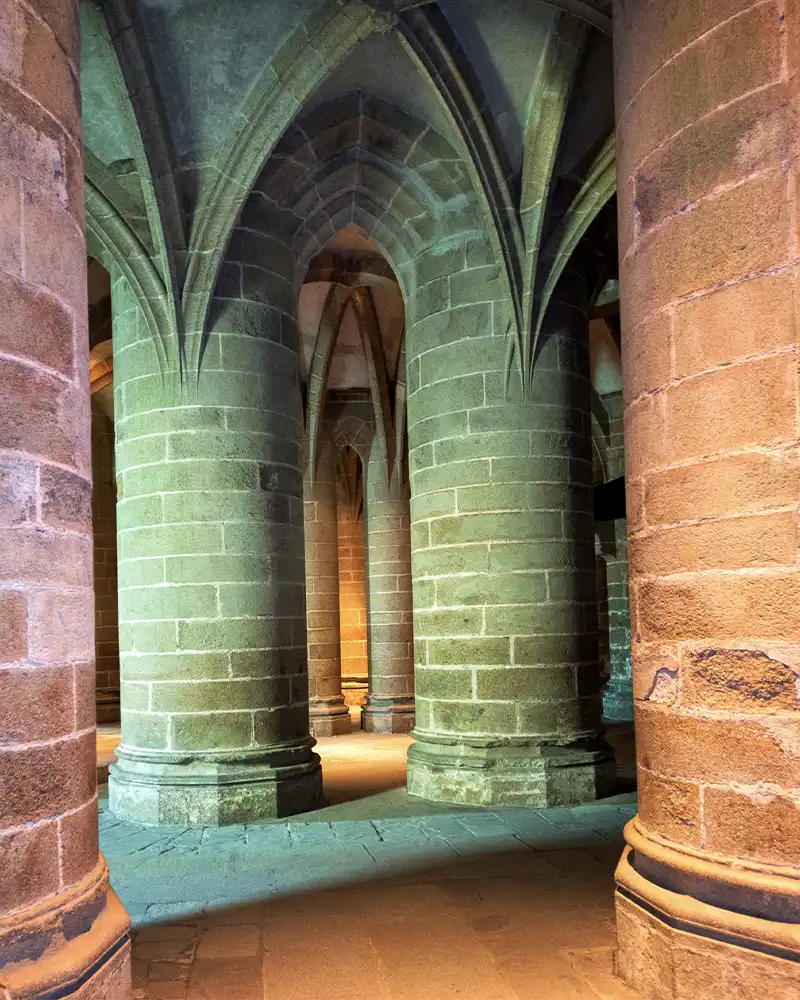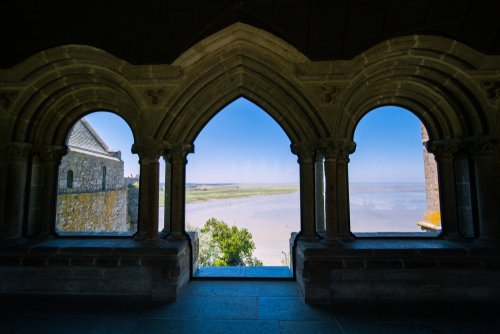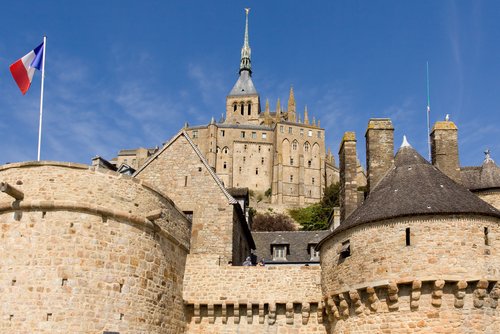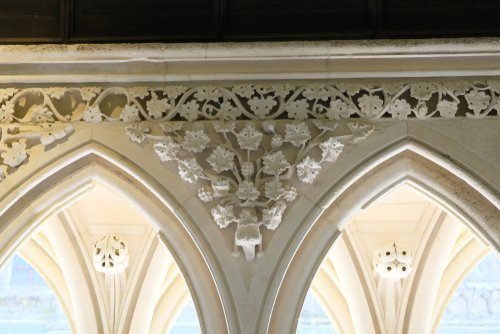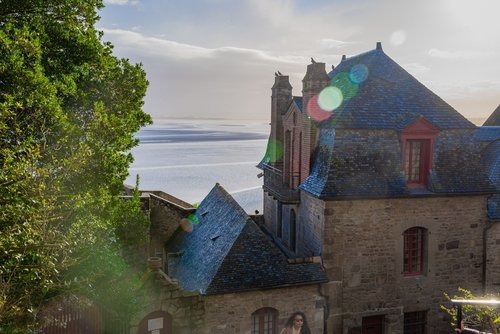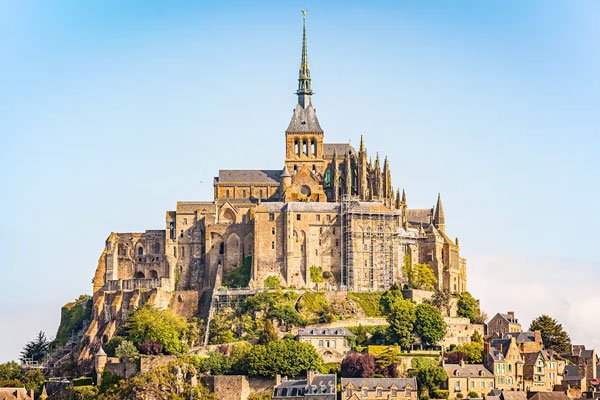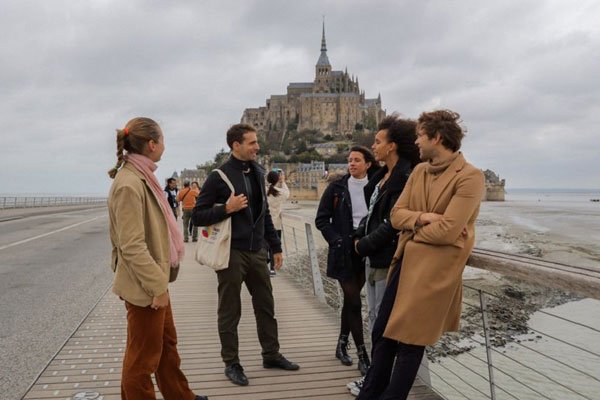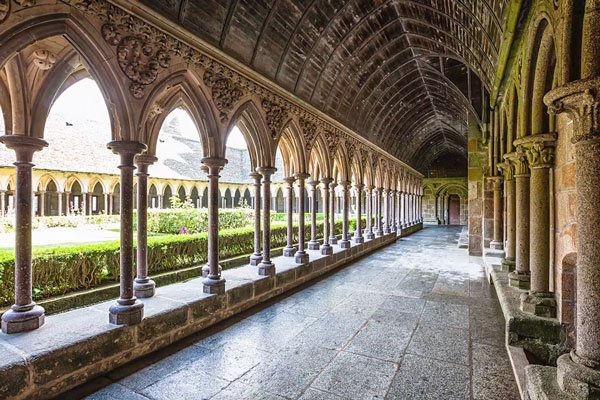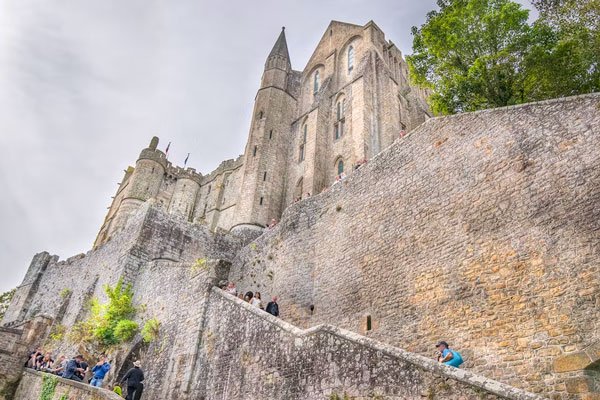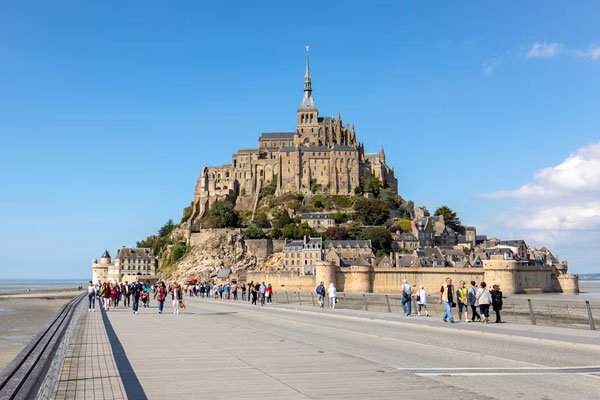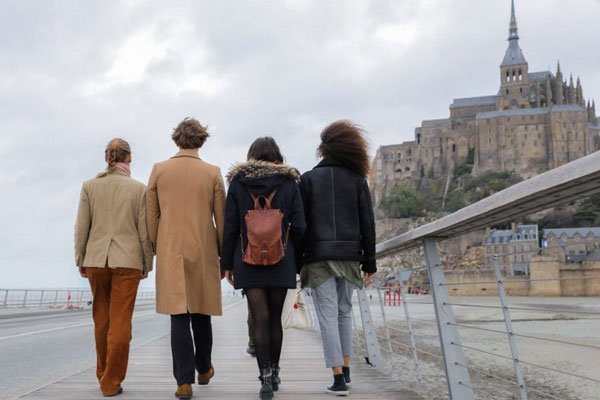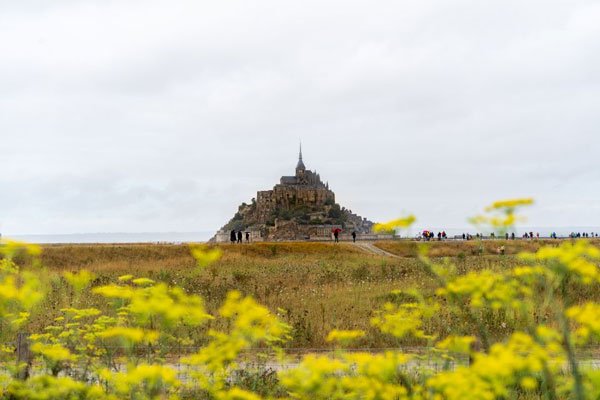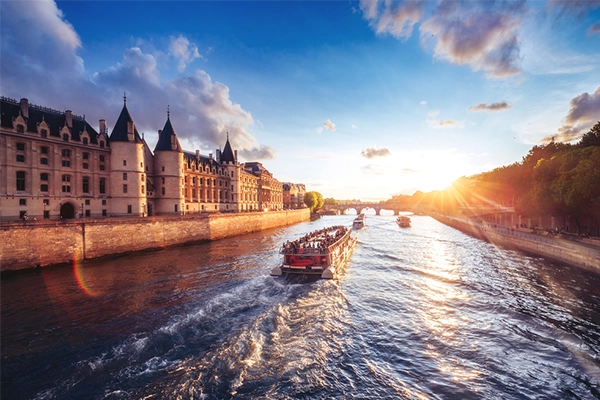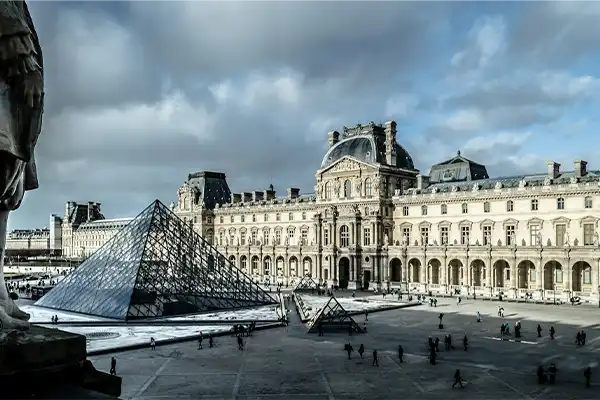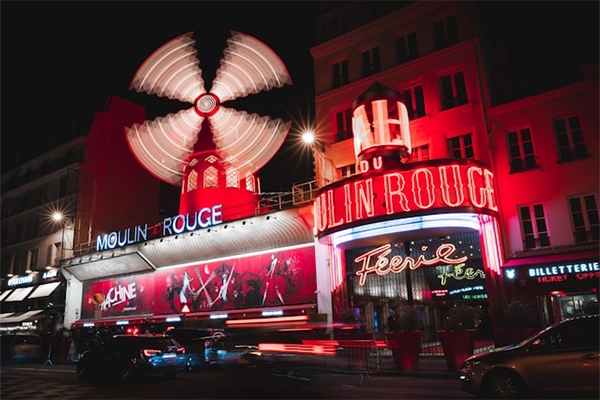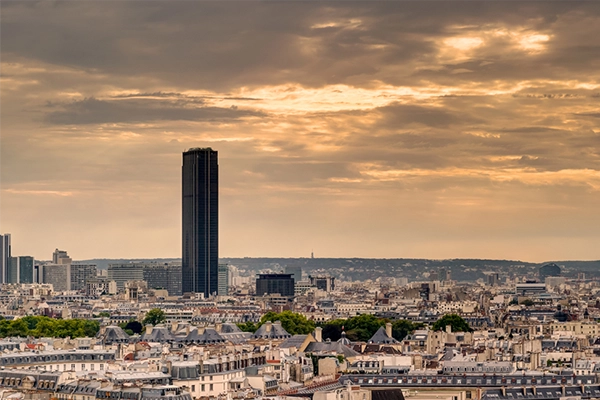History of Mont-Saint-Michel
History of Mont-Saint-Michel
Perched on a rocky island, Mont-Saint-Michel stands as a breathtaking medieval abbey, an iconic landmark in the French Normandy region and a UNESCO World Heritage Site since 1979. With origins dating back to the 8th century, it has evolved from a monastery to a fortress, notably playing a role in the Hundred Years’ War. Beyond its architectural splendor, Mont-Saint-Michel holds spiritual significance, drawing pilgrims throughout history.
Explore the enthralling history and key facts with our concise timeline and in-depth overview. Enhance your visit with our carefully curated premier tickets, ensuring a seamless exploration of this iconic site.
History of Mont-Saint-Michel: Chronological Timeline
- 8th Century
- 708: According to legend, the Archangel Michael appears to Bishop Aubert of Avranches, instructing him to build a sanctuary on the rocky island now known as Mont-Saint-Michel.
- 709: Construction of the first oratorium begins on the islet, dedicated to Saint Michael.
- 9th Century
- 800: Construction of the first church, Saint-Pierre Church, begins.
- 800: Construction of the first church, Saint-Pierre Church, begins.
- 10th Century
- 966: The Normans conquer Mont-Saint-Michel.
- Benedictine monks establish a community on the islet and begin expanding the sanctuary, marking the beginning of Mont-Saint-Michel’s religious significance.
- 11th Century
- Construction of the abbey church, the heart of the abbey complex, begins.
- 12th Century
- Completion of the abbey church and the construction of the “Merveille,” a three-story complex housing the monks’ living quarters.
- 13th Century
- The abbey reaches its peak of architectural splendor, and Mont-Saint-Michel becomes a major center of learning and culture.
- Further expansion and fortification of the abbey complex, including the construction of the ramparts and towers.
- 14th Century
- 1337: The Hundred Years’ War between England and France begins. Mont-Saint-Michel withstands several sieges.
- 15th Century
- 1204: Mont-Saint-Michel comes under the control of French King Philip II, following the conquest of Normandy. The abbey is transforming into a fortress.
- 1421: Construction of the Flamboyant Gothic spire on the abbey’s church commenced. Mont-Saint-Michel faces religious turmoil during the French Wars of Religion. The abbey church is damaged by a fire.
- 16th Century
- 1523: The lace staircase, a masterpiece of late Gothic art, is built during the reconstruction of the choir.
- 17th Century
- Mont-Saint-Michel loses its status as an independent commune and becomes part of the French monarchy.
- Decline of Benedictine monastic life at Mont-Saint-Michel.
- 18th Century
- 1708: Mont-Saint-Michel celebrates its 1,000th anniversary.
- 1789: The abbey is turned into a prison during the French Revolution and houses political prisoners and criminals.
- 19th Century
- 1860: The abbey is secularized and opened to the public as a tourist attraction.
- 20th Century
- 1922: Restoration efforts, led by architects Eugène Viollet-le-Duc and Prosper Mérimée, begin to preserve and revitalize Mont-Saint-Michel.
- 1979: A causeway is constructed to improve access to the island, but it also reduces the impact of tides.
- 1979: Mont-Saint-Michel is designated a UNESCO World Heritage Site, recognizing its cultural and historical significance.
- 21st Century
- 2004: A project is launched to restore the abbey’s medieval fortifications and enhance its defenses against the tides.
- Today
- Mont-Saint-Michel continues to attract more than two million visitors annually, remaining one of the most iconic landmarks in France. Ongoing preservation efforts ensure its historical legacy endures.
History of Mont-Saint-Michel: Summary
Explore the rich history of Mont-Saint-Michel through ourthoughtfully crafted in-depth overview. Dive into each intricately presented segment, taking a chronological journey to uncover the origins, transformations, and profound cultural significance of this iconic structure.
Here’s a periodic overview of the history of Mont-Saint-Michel:

Architecture of Mont-Saint-Michel
The architecture of Mont-Saint-Michel is a fascinating blend of Romanesque, Gothic, and Baroque styles, reflecting the abbey’s long and rich history. The abbey church, the heart of the abbey complex, is a masterpiece of Romanesque architecture. It is characterized by its massive arches, thick walls, and soaring vaults. The abbey church was completed in the 12th century, and its construction marked the pinnacle of Mont-Saint-Michel’s architectural splendor.
The “Merveille,” a three-story complex housing the monks’ living quarters, was built in the 13th century. It is a masterpiece of Gothic architecture, with its intricate stonework, delicate carvings, and elegant windows. The “Merveille” is often referred to as the “jewel” of Mont-Saint-Michel.
The abbey’s fortifications were also built in a variety of styles, reflecting the changing needs of the abbey and the changing times. The earliest fortifications were built in the 11th century, and they were primarily intended to protect the abbey from Viking raids. Later fortifications were built in the 13th and 14th centuries, and they were designed to withstand sieges by more powerful armies.
The architecture of Mont-Saint-Michel is not only visually striking, but it also serves a functional purpose. The abbey’s layout is designed to protect the monks and pilgrims from the elements and to provide them with a sense of security. The abbey’s walls and towers also serve as a reminder of the abbey’s past, as it has been a place of refuge and pilgrimage for centuries.
Here are some of the key architectural features of Mont-Saint-Michel:
- Romanesque abbey church: Massive arches, thick walls, soaring vaults
- Gothic “Merveille: Intricate stonework, delicate carvings, elegant windows
- Medieval fortifications: Walls, towers, gates
- Baroque additions: Chapels, fountains, statues
Mont-Saint-Michel Entry Tickets & Tours
Explore our handpicked assortment of Mont-Saint-Michel tickets and tours, thoughtfully selected to ensure an enriching and seamless experience.

